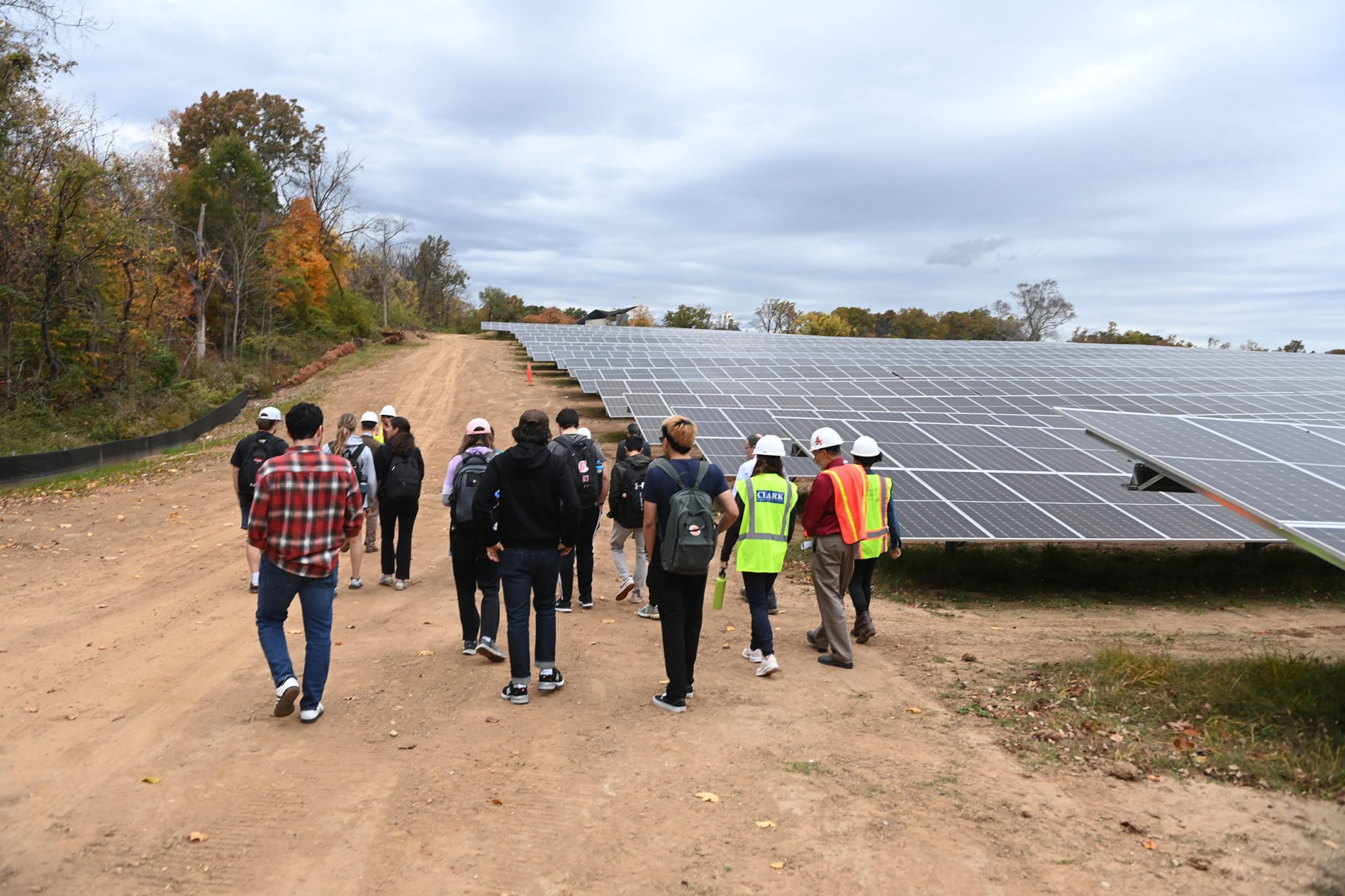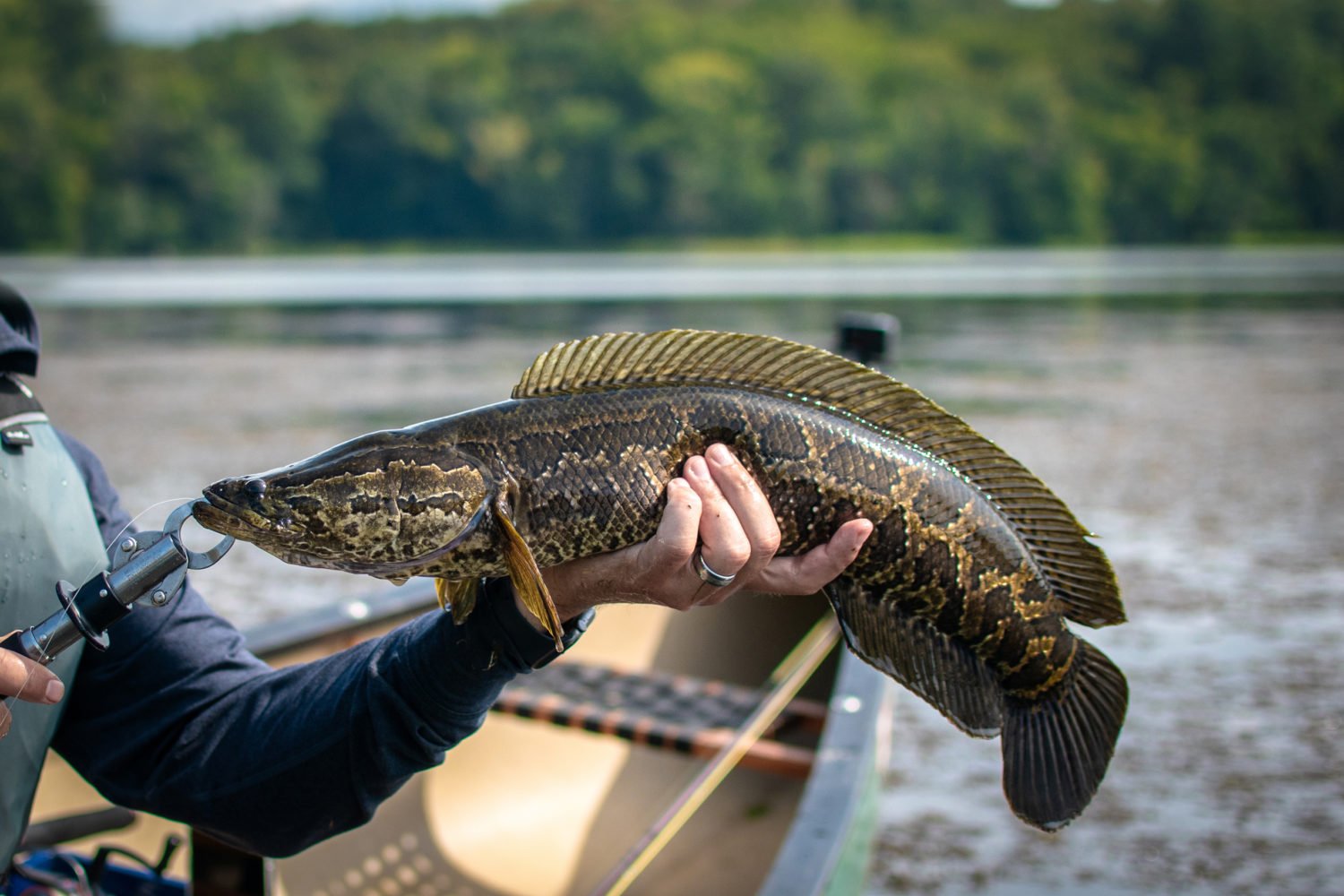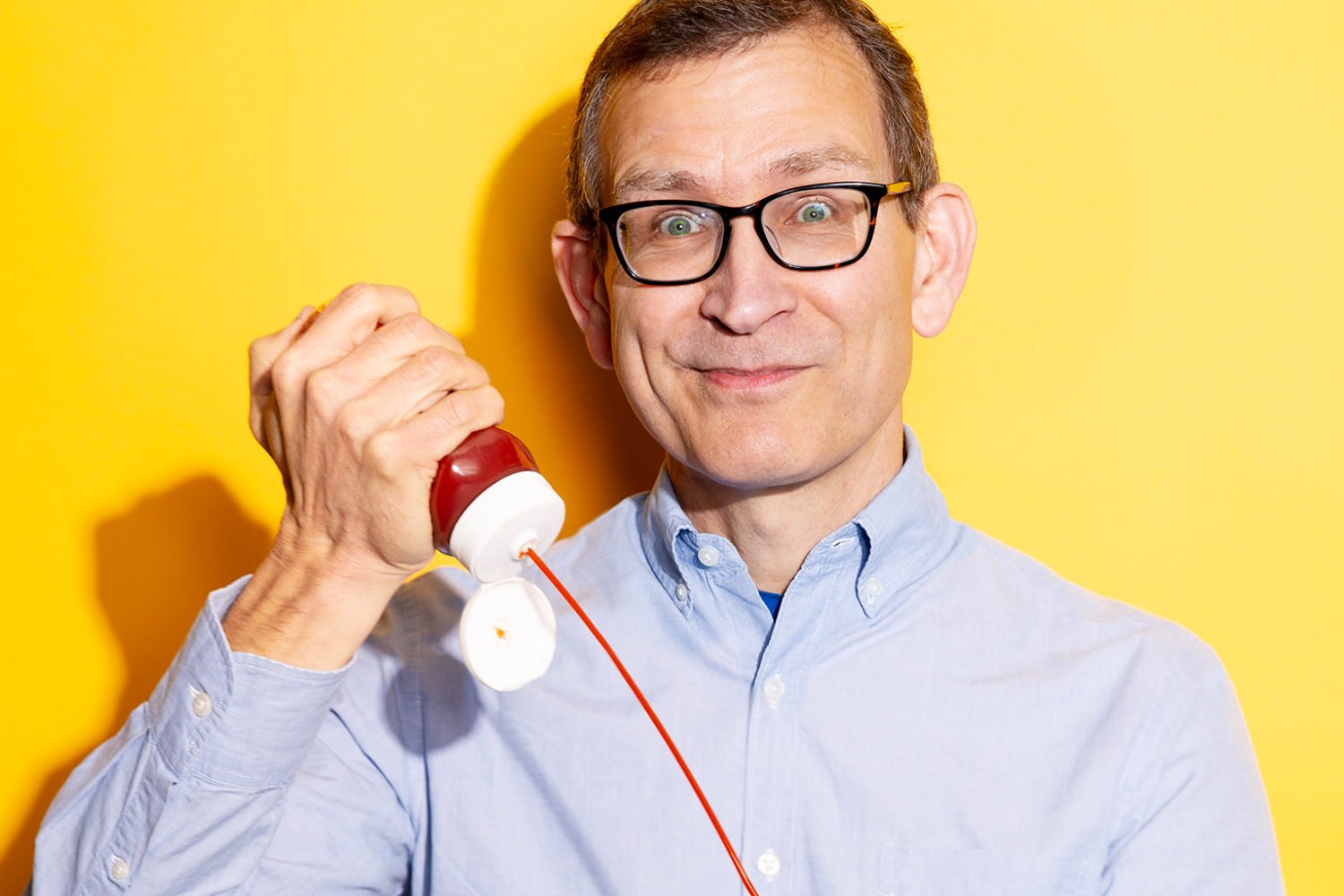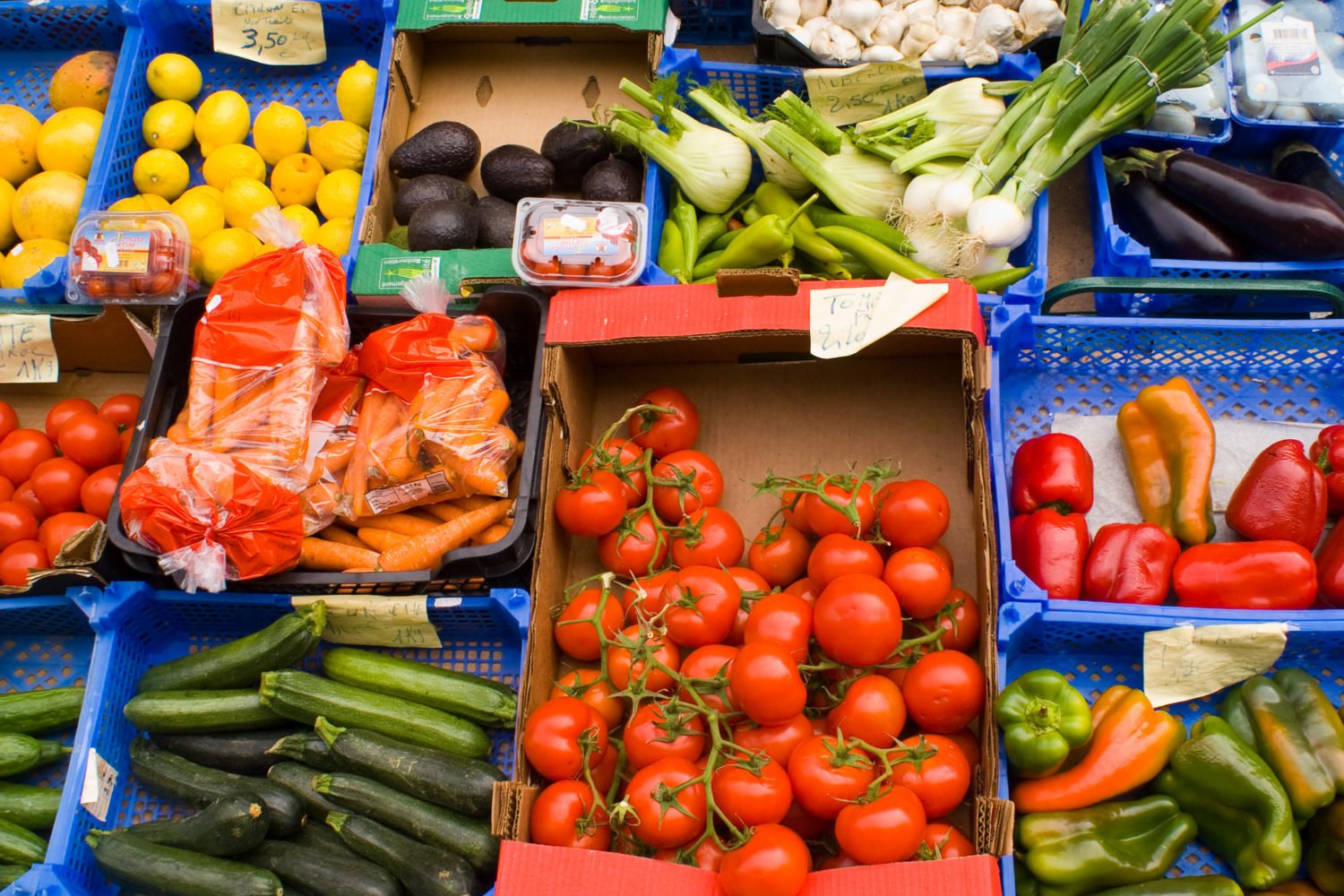When Pope Francis began urging Catholics to work harder to combat climate change a few years back, Alexandra Harry Nappier, who is in charge of Catholic University’s Office of Campus Sustainability, took that challenge seriously. “We were already offsetting 100 percent of our electricity usage with renewable-energy credits,” she says, but “what was the next step to go further and bolder?”
The answer is now taking shape on a roughly 40-acre parcel of little-used land on the west side of campus. Plans had been in the works to turn part of the space into a parking lot, but instead the school decided to install a massive field of 42 rows of solar panels. When it’s up and running by this spring, it will be the largest solar array in the District. It’s rare to find so much space devoted to solar in the middle of a city, says Scott Wiater of Standard Solar, the company in charge of building the array: “We have lots of projects in urban environments, but in the city you just don’t see projects of this size.”
The solar panels will generate about 10,000 mega-watt hours of clean energy every year—roughly the environmental impact of pulling more than 1,500 cars off the streets. That energy will help power the university as well as the homes of some DC residents. (A limited number of Pepco customers can sign up to participate in the program.) “Because of the university’s location in the District of Columbia,” Nappier says, “we really want to be good stewards and help make good-faith efforts towards what our elected officials would like to see in terms of promoting clean energy and energy efficiency.”
Renewable power isn’t the array’s only environmental benefit, however. The solar project will come with a sweet side benefit: The university also plans to build habitats for bees, butterflies, hummingbirds, and other pollinators underneath the panels, as well as bee houses on nearby land. “A lot of engineering students are very interested in beekeeping,” Nappier says. “We’re hoping to use some of the honey in the dining halls.”
This article appears in the February 2024 issue of Washingtonian.


![Luke 008[2]-1 - Washingtonian](https://www.washingtonian.com/wp-content/uploads/2017/10/Luke-0082-1-e1509126354184.jpg)

















